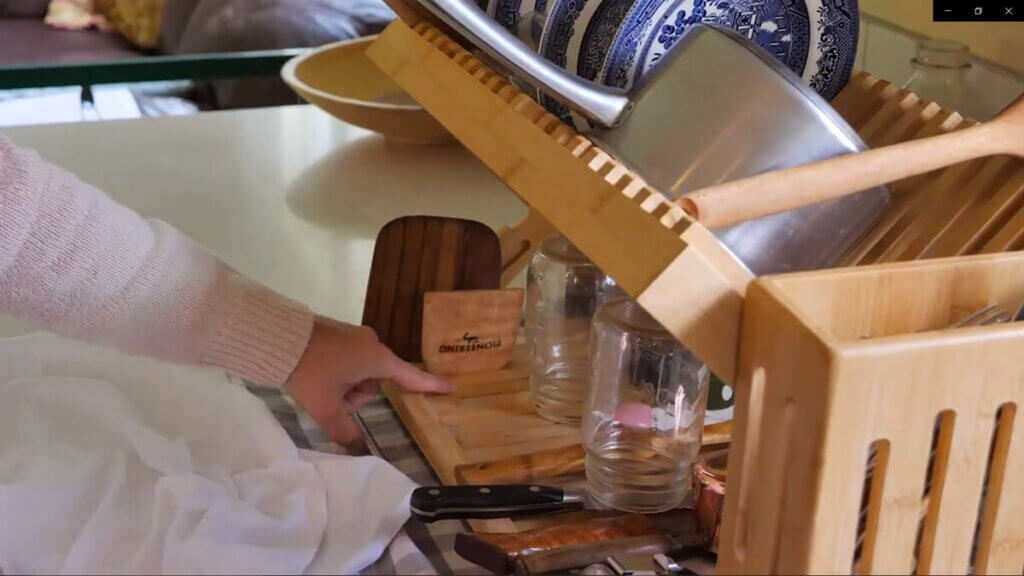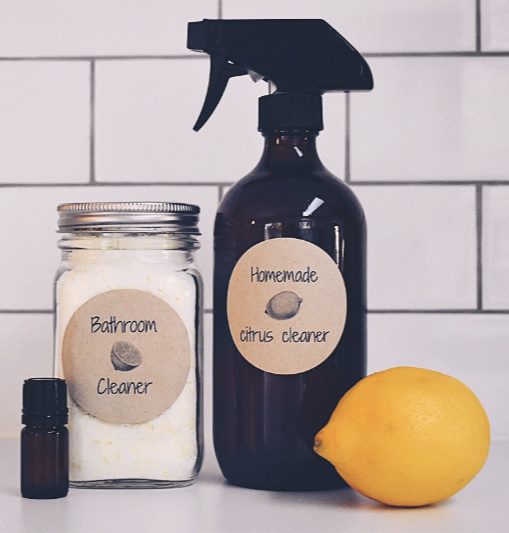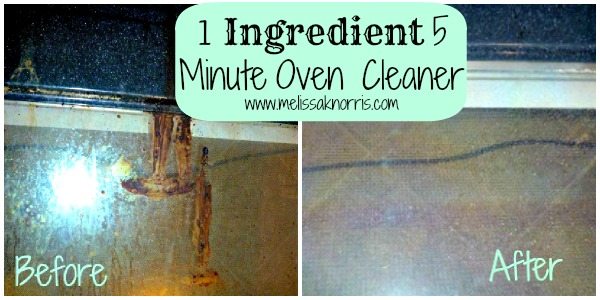Learn how to properly clean and maintain your wood products so that they will withstand years of use to pass on from generation to generation.

I have found that I love using wood products in the kitchen not only for cooking but also for cleaning. I love them so much that they made my top favorites for Must-Have Homestead Kitchen Items for Easier From Scratch Cooking, my Homesteader’s Christmas Gift Guide, and My Top 9 Homestead Gifts to Make Life Easier.
There is something about the way they feel in the hand, the way they handle, and that they are heritage items. What I mean by heritage items is that when you know what to look for, and maintain them properly, they will last for generations to come.
When it comes to heirlooms that I can pass down to my kids, and even hopefully someday to great-grandchildren, that just gets me so excited!
What to look for when purchasing wood products.
The most important thing to remember is to buy wood products made from hardwoods, that are not very porous and have a tight grain. This will help the product to be durable enough to withstand regular use and cleanings. Some examples of hardwoods to look for are maple, koa, apple, cherry, walnut, birch, and alder.
When it comes to my homemade wood products, we’re using Koa wood and Maple. If you like the wood products and want to find out about ordering your own, you can visit the shop here

What wood conditioner is best?
Even when washed and dried properly, wood products will dry out and need to be maintained by proper conditioning on a regular basis.
Many wood manufacturers recommend using mineral oil because it’s not supposed to go rancid, but I advise against it. Mineral oil is a byproduct of petroleum, and I’m not interested in using that on anything in my home, let alone on something that is coming in contact with my food.
Alternatively, I make what I call a “wood butter” which is a mixture of organic coconut oil and beeswax. I have used this exclusively on my wood products for years, and have never had any issues with rancidity.

How to clean and condition wood products step by step.
Properly cleaning your wood products is key to their lifespan, and will bring out their beauty by enhancing the wood grain. Top priority to remember, for the love of wood, never ever put your wood products in the dishwasher or let them soak.




1. Simply remove any food debris with a dishrag and hot soapy water, rinse well, and pat dry.
2. A critical step that is often overlooked is to allow the item to air dry completely before putting it away. This can be done with a dish drying rack, but if you do not have one, just make sure that it is propped up in a way to allow airflow all the way around rather than lying flat with one side on a towel or countertop.


3. After your item is properly washed and thoroughly dried, apply a small amount of wood butter, and evenly coat the entire surface and edges. If your item is small enough, such as a wooden bowl scraper, the heat of your hand should be sufficient to scrape out a small amount of wood butter to apply.
When working with larger surfaces, such as my butcher block countertop, you can soften the wood butter by placing it in the oven for a few minutes with the oven light on. I like to apply the wood butter with my bare hands since it also works as a great moisturizer for parched “garden hands”, but if you prefer to use a towel or paper towel that will work just fine. Just keep in mind that the coconut oil will stain the towel, so perhaps use one just for that purpose.
4. Let the item sit overnight to allow the wood butter to soak in. If you find that after sitting the piece feels waxy, you can lightly buff it with a dry cotton cloth to remove the waxy feel before putting it away.
How often do I need to condition my wood products?
For new pieces, condition them about once a week for the first month to give them a good base. After that, you will need to condition your pieces depending on how often they are used.
I use my butcher block every day and can go about three months in between conditioning treatments. A good way to tell if your wood product could use a conditioning treatment is to pay attention to how it looks and feels. Once the color begins to fade, or it feels rough in places, this is a good indication it needs to be conditioned.
More Household Cleaning and Organization Tips
- How to Wash a Cast Iron Skillet to Maintain Seasoning
- 10 Time-Saving Uses for a Wooden Bench Knife in the Kitchen
- Declutter Your Home (Month by Month)
- Tips on How to Declutter Your Home & Keep It That Way
- 5 Homemade Natural Cleaner Recipes – DIY Cleaners that Work
- Natural Homemade Cleaner Recipes 17 Spring Cleaning Hacks
- Pioneering Today- 1 Ingredient 5 Minute Natural Oven Cleaner
- Time-Saving Kitchen Hacks: Homestead Kitchen Roundtable
















Can this be used on a wood mantel?
Ive been looking for a wood butter that does not have a tree nut/coconut oil in it due to an allergy. Can you help point me in the right direction? I’m up for making my own, but not sure what a good substitute would be.
I am trying to source a wooden dough/counter scraper like the one you use and conditioned in this video – I think you said you husband makes them and that there is a waiting list.
Can you please tell me how much they cost and how to get on the waiting list?
All the best to you,
Louise
Individually priced the larger bench knife is $49 and the smaller scraper is $29. You can get on the waitlist here https://melissaknorris.lpages.co/wood-product-waitlist/
I checked on the price of the wood butter and wondered how much that will condition… how long does it last? Two ounces for 20+ bucks (with shipping) seems high… how does your price compare with other products?
I’m currently looking for something to conditions wood projects I am planning to do, and hadn’t gotten to the store to check on what’s available… or the costs. This is why I followed the link to your page here.
I really want to understand the benefit of purchasing your product over a less expensive one. Let me know.
I know what my ingredients cost (I only use certified organic ingredients) and packaging cost, and priced accordingly, I have no idea what other people price their’s at because most of them contain mineral oil. I refuse to use mineral oil in my home or kitchen.
Do you condition even the cheap wooden spoons that 3 to a pack?
Hahaha — I smiled at that one. I guess it would depend on what they are made of, or maybe if you want to keep them forever. 🙂
I would condition any wood product I had if I wanted to last longer, even the cheap ones.
Do you sell the wood butter ?
I do, here’s the link https://melissaknorris.com/product/woodbutter/